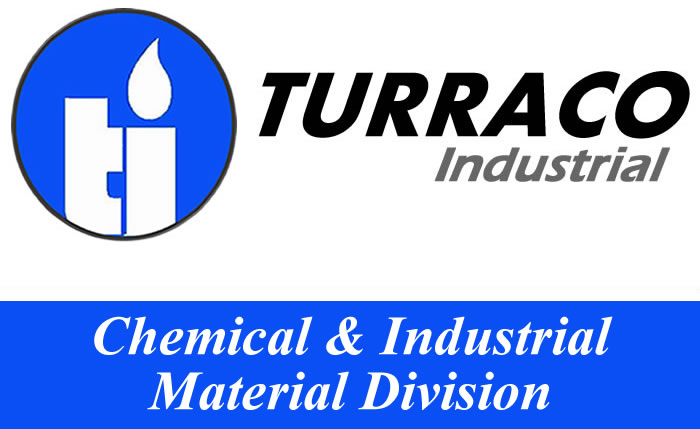Gum Rosin
Gum rosin, also called pine resin's rosin, gum resin, colophony or Greek pitch, is a solid form of resin obtained from pines and some other plants, mostly conifers. It is produced by heating fresh liquid pine resin to vaporize the volatile liquid terpene components. Gum Rosin is brittle and friable, with a faint piny odor. It is typically a glassy solid, though some rosins will form crystals, especially when brought into solution. As a result gum rosin can be said to be a refined by-product of pine resin (see picture left) or other conifers through distillation.
It is semi-transparent and varies in color from yellow to black. At room temperature rosin is brittle, but it melts at stove-top temperatures. It chiefly consists of various resin acids, especially abietic acid.
Some refined gum rosin are partially or fully hydrogenated for special purposes. Hydrogenated rosin ester is the glycerol ester of highly hydrogenated refined gum rosin. It is an exceptionally pale thermoplastic resin that has outstanding resistance to oxidation and to discoloration caused by heat and aging.
Hydrogenated Rosin are used as tackifier resin in various types of adhesives, and in protective and barrier type coatings that require an exceptional degree of color retention and oxidation resistance.
Rosin are generally an ingredient in printing inks, photocopying and laser printing paper, varnishes, adhesives (glues), soap, paper sizing, soda, soldering fluxes, and sealing wax.
It is soluble in alcohol, ether, benzene and chloroform. Rosin combines with caustic alkalis to form salts (rosinates or pinates) that are known as rosin soaps. In addition to its extensive use in soap making, rosin is largely employed in making varnishes, sealing wax and various adhesives. It is also used for preparing shoemakers' wax, for pitching lager beer casks, and numerous minor purposes.
Glycerol, sorbitol, and mannitol esters of rosin are used as chewing gum bases for medicinal applications. The degradation and biocompatibility of rosin and rosin-based biomaterials has been examined in vitro and in vivo.
Rosin can be used as a glazing agent in medicines as in chewing gum. It is a flux used in soldering. The lead-tin solder commonly used in electronics has about 1% rosin as a flux core helping the molten metal flow and making a better connection by reducing the refractory solid oxide layer formed at the surface back to metal. It is frequently seen as the burnt or clear residue around new soldering.
A mixture of pitch and rosin is used to make a surface against which glass is polished when making optical components such as lenses. Rosin is added in small quantities to traditional linseed oil/sand gap fillers, used in building work.
For additional information and documents about Gum Rosin or Granular Pine Resin, or how we can supply your organization, please give us a call, send us an email or contact us here: |

